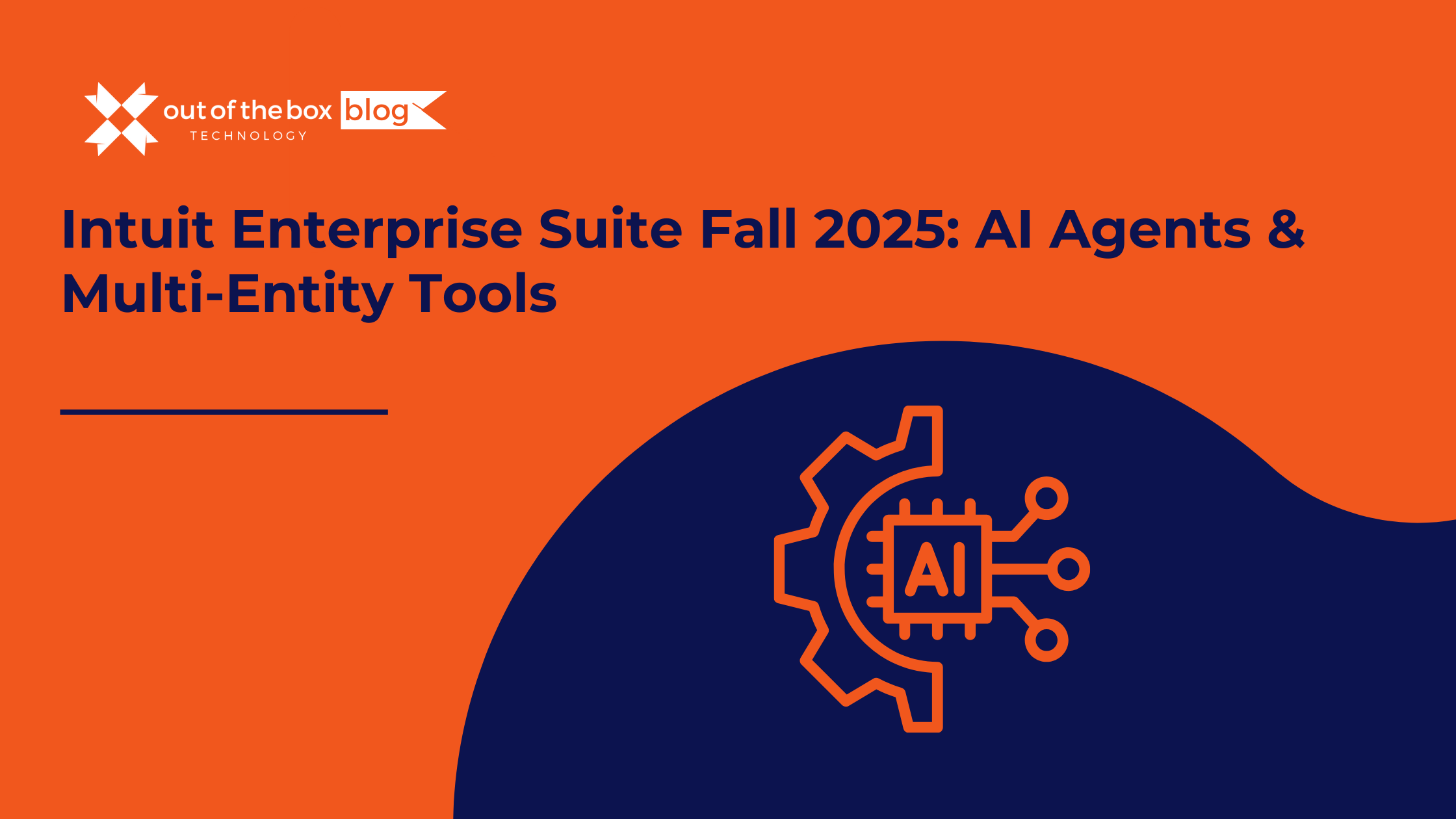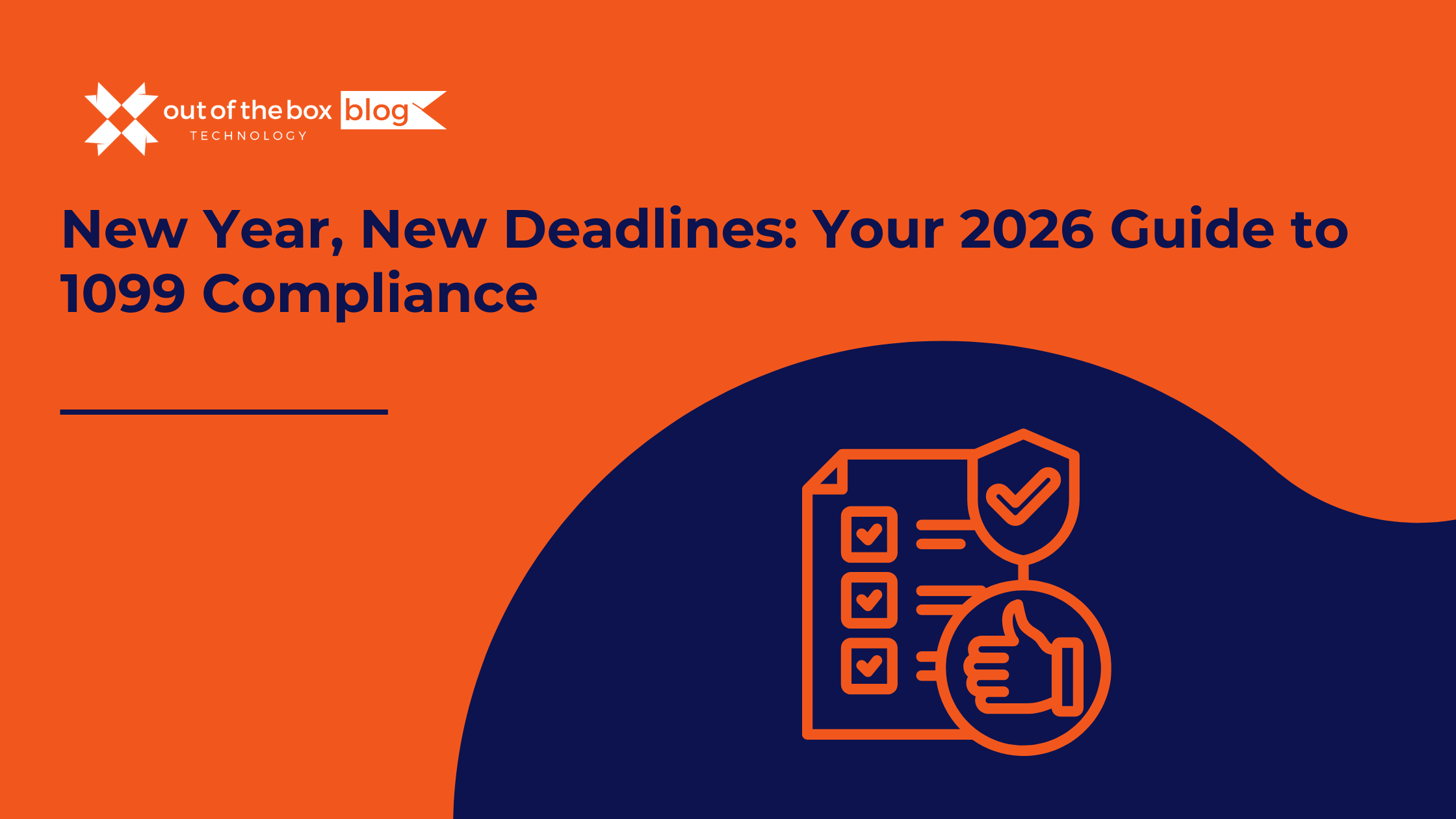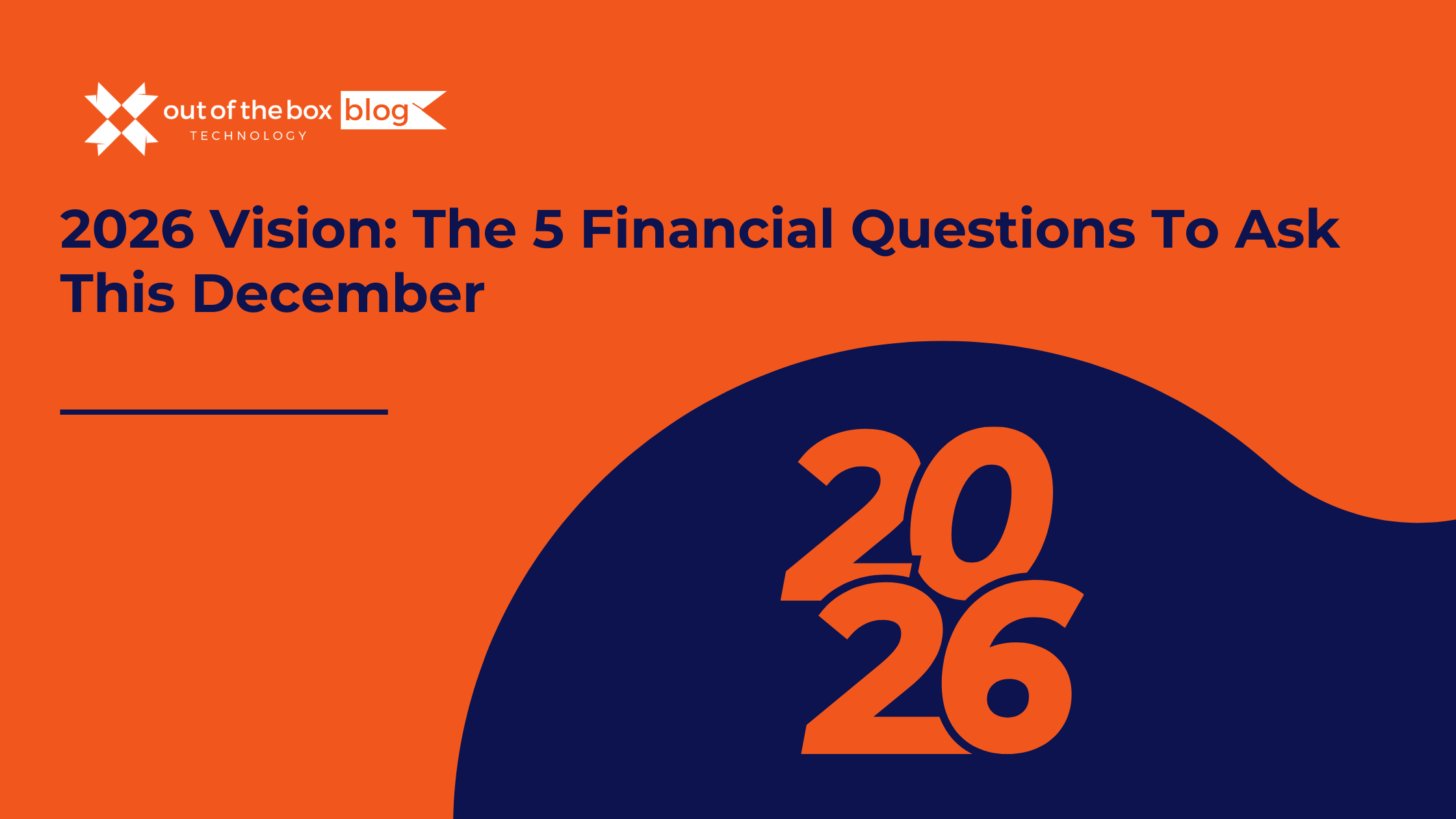In today’s dynamic business environment, staying ahead with efficient financial management is crucial. For experienced users of accounting software, knowing the basics isn’t enough. To fully leverage your accounting tools and streamline your processes, you need advanced techniques that can unlock higher levels of productivity, accuracy, and insight. In this guide, we’ll cover expert-level accounting software tips that will help you master your platform, backed by real-world examples, actionable data, and answers to frequently asked questions.
Why Mastering Your Accounting Software Matters
Accounting software platforms like QuickBooks, Xero, FreshBooks, and Sage have become indispensable tools for businesses. According to a report by Market Research Future, the global accounting software market is projected to reach $26.6 billion by 2026, growing at a CAGR of 8.5% from 2020 to 2026.
For seasoned users, mastering advanced features of these tools can lead to:
- Time Savings: Automating complex workflows reduces the hours spent on repetitive tasks.
- Better Financial Insights: Detailed reporting and data analysis improve strategic decision-making.
- Enhanced Accuracy: Minimizing manual errors ensures cleaner financial records.
Let’s explore some advanced accounting software tips that will help you harness the full potential of your tools.
1. Automate Complex Workflows
Automation is not just for beginners. Advanced users can automate even more complex workflows to improve efficiency.
Recurring Invoices and Bills
Instead of manually creating invoices and bills, set up automated schedules. For example, if you have clients on monthly retainers, you can automate invoices to send on the 1st of each month.
Example in QuickBooks:
- Go to Sales > Invoices.
- Create a new invoice and select “Make Recurring”.
- Set the interval (e.g., monthly).
Pro Tip: Combine this with automated payment reminders to ensure timely collections.
Approval Workflows
In platforms like Xero, you can set up multi-step approval processes for expenses and bills.
Steps in Xero:
- Go to Settings > Approvals.
- Define the approval hierarchy.
Benefit: Reduces errors and fraud risks by adding oversight to large transactions.
2. Leverage Advanced Reporting Features
Standard financial reports are useful, but experienced users can customize and create advanced reports to gain deeper insights.
Custom Dashboards
Tailor your dashboard to track the key performance indicators (KPIs) most relevant to your business.
Example in FreshBooks:
- Add widgets for metrics like “Outstanding Invoices” or “Expenses by Category.”
Benefit: A quick glance can reveal cash flow trends or identify overdue payments.
Segmented Reports
Break down reports by location, department, or project for more granular analysis.
Example in Sage:
- Go to Reports.
- Select “Departmental Profit and Loss” or create a custom segmented report.
Use Case: If your business operates in multiple locations, segmented reports can show which location is performing best.
3. Integrate Third-Party Apps for Enhanced Functionality
Your accounting software can do more when integrated with third-party apps.
Popular Integrations
- Expensify for Expense Management: Automatically sync expense reports with your accounting software.
- Zapier for Workflow Automation: Connect multiple tools (e.g., Slack, Gmail, accounting software) to create seamless workflows.
- Shopify for E-commerce: Sync sales data from your online store directly with your accounting platform.
Example Workflow:
- Trigger: A new sale on Shopify.
- Action: Create an invoice in QuickBooks and notify your finance team via Slack.
Benefit: Reduces manual data entry and errors.
4. Optimize Chart of Accounts for Better Tracking
A well-structured Chart of Accounts (CoA) can make or break your reporting efficiency.
Advanced CoA Tips:
- Use Numbering Systems: Categorize accounts (e.g., 1000-1999 for assets, 2000-2999 for liabilities).
- Create Sub-Accounts: Break down categories for more detailed tracking (e.g., “Marketing Expense” > “Digital Advertising”).
Example:
| Account Number | Account Name | Type |
|---|---|---|
| 5000 | Marketing Expenses | Expense |
| 5001 | Digital Advertising | Expense |
| 5002 | Print Advertising | Expense |
Benefit: Easier to analyze specific costs during financial reviews.
5. Master Bank Reconciliation Efficiency
Advanced users know the importance of accurate reconciliations. Here are tips to speed up this process:
Set Up Bank Rules
Automatically categorize transactions based on rules you define.
Example in Xero:
- Go to Bank Reconciliation > Bank Rules.
- Create a rule for “Amazon purchases” to categorize as “Office Supplies.”
Benefit: Reduces reconciliation time by 30-40% (source: Xero).
6. Utilize Multi-Currency Features
If your business operates globally, multi-currency support is vital.
Features to Explore:
- Real-Time Exchange Rates: Platforms like QuickBooks and Xero automatically update rates.
- Separate Currency Accounts: Track balances in different currencies.
Example Use Case:
A business that invoices clients in USD but operates in EUR can:
- Invoice in USD.
- Automatically convert and reconcile payments in EUR.
7. Audit Trail and Security Controls
For businesses handling sensitive financial data, security is paramount.
Enable Audit Trail
Most accounting software logs every action. Ensure it’s enabled to track changes.
Role-Based Access Control (RBAC)
Limit user permissions to reduce security risks.
Example in FreshBooks:
- Admin: Full access.
- Accountant: Access to financial reports and transactions.
- Staff: Limited access for submitting expenses.
FAQs About Advanced Accounting Software Tips
1. What is the best way to improve reporting in accounting software?
Custom dashboards, segmented reports, and advanced filters can significantly improve reporting quality. Integrating BI tools like Tableau or Power BI can provide even deeper insights.
2. How do I ensure my data is secure in accounting software?
Enable two-factor authentication (2FA), use role-based access controls, and regularly review audit trails to ensure data integrity.
3. Can I automate complex workflows beyond basic invoicing?
Yes! Use tools like Zapier or native automation features to connect your accounting software with CRM, email marketing, and project management platforms.
4. How do I optimize my Chart of Accounts for better reporting?
Use a clear numbering system, create logical categories, and implement sub-accounts to track detailed expenses and revenues.
5. Is multi-currency support available in all accounting software?
Platforms like QuickBooks, Xero, and FreshBooks support multi-currency. Be sure to check if your plan includes this feature.
Conclusion
Mastering your accounting software goes beyond basic functions. By leveraging advanced tips like automation, custom reporting, integrations, and security features, you can streamline your financial management processes and unlock valuable business insights. Implement these strategies to stay ahead in the competitive landscape and ensure your accounting operations are as efficient and accurate as possible.
Ready to take your accounting skills to the next level? Explore these tips and start optimizing your processes today!
Simplify Your Bookkeeping Today!
Discover the benefits of outsourcing bookkeeping for your small business. Contact us now to schedule a consultation and take the first step toward financial clarity and success!



